THE STORY OF A MILLION GRAINS OF SAND
Mr. Phan Quang Dung showed me a portrait of Mr. Datuk Paul Chua (a famous name in the world of bodybuilding) that a friend ordered as a gift. From afar, I thought it was a photo because from the color to the depth, the picture was so lifelike. Up close, I saw that the details were made from millions of tiny sand grains, with incredibly delicate color changes. The first impression was the precision in reproducing skin tones, eyes and wrinkles - details that are very difficult with loose sand. In the portrait genre, just a slight color difference or a small proportion error is enough to make the face unbalanced. But here, each light and dark area was handled smoothly by Mr. Dung.
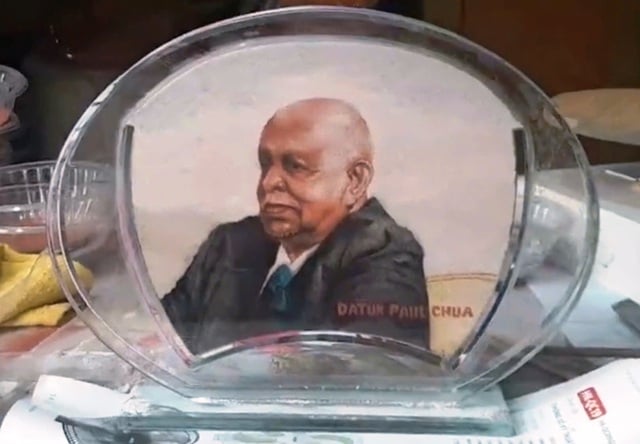
Vivid portrait painted by Dung
PHOTO: HOANG SON
After nearly a decade in the profession, Phan Quang Dung cannot remember how many portraits, landscapes, calligraphy... he has "painted" with sea sand. He only knows that to get each grain of sand in the right position, he has spent countless hours of hard work and meticulous experimentation. It is so difficult, but he has never thought of giving up because his journey to the profession is very special. "I studied culinary college in Hue and worked as a chef at a hotel for 5 years. One day, by chance, I watched a program about sand painting on TV and was fascinated," Dung said. Deciding to put aside his culinary career, he went to Ho Chi Minh City to study for 2 years with artisan Y Lan - who is considered to have laid the foundation for Vietnamese sand painting. While studying and accumulating experience, he returned to Da Nang with the desire to "bring sand painting to the Central region".

Artisan Phan Quang Dung with soulful sand paintings
PHOTO: HOANG SON
At first, this profession was too unfamiliar, few people were interested. Each painting took many days, even a week, but the selling price was not enough to cover the costs. To promote the profession more widely, he set up a small corner in a familiar coffee shop to both create and display. Surprisingly, many people came to experience, watch him work and then order paintings. Tourists were curious, students came to try, viewers were fascinated. "Customers thought it was easy, tried it but then everyone shook their heads saying it was difficult. When I instructed them, their hands shook, if they poured the sand a little bit wrong, it would be ruined. I remembered my classmates who gave up after only a few months," said Mr. Dung.
BRINGING UNCLE HO 'S PORTRAIT INTO THE MUSEUM
To start a painting, Phan Quang Dung sketches the shape, sets the frame, and then begins to compress the sand. Stainless steel spoons and bamboo sticks are the two most important tools. Each layer of sand is poured in, compressed lightly, and shaped. Just like that, each eyebrow line, each strand of hair, each angle of the scene is formed with special brushes in a creative space with a gap of only about 1 cm between the two glass panels. "Especially with portrait paintings, if just one line is wrong, the eyes are off, the skin tone is a little darker, and you have to start over. Sometimes I compress all day, look back and see that the eyes are off-tone, so I pour everything out and do it again. No one forces me to, but the job forces me to do it," he confided.
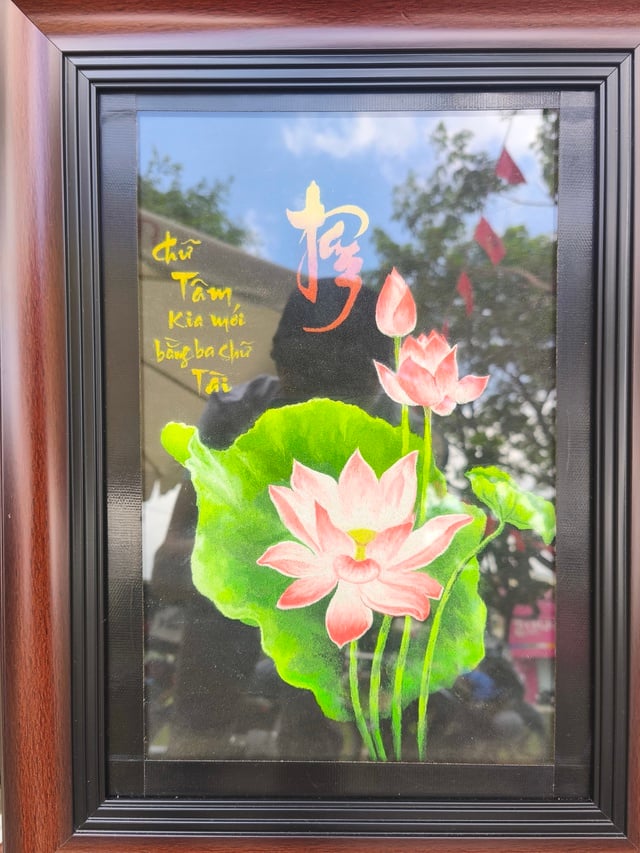
Artisan Phan Quang Dung with soulful sand paintings
PHOTO: HOANG SON
Mr. Dung shared that sand is what determines the uniqueness of each painting. He uses more than 30 colors of sand, of which sand from Phan Thiet is the main color because of its diverse natural colors. Black is the most difficult color, he has to take sand from the bottom of the sea, wash it, dry it, and sift it many times. Colors like moss green, dark green, yellow... can be natural or lightly dyed. As for pink, he does not dye it because it is easy to have a harsh tone. "Da Nang beach sand also has small grains, difficult to handle. Red must be mixed to make the flowers stand out. So, each color is a separate step," he explained.
Coming from a background of being an outsider to art, Phan Quang Dung always tells himself to work harder to stick with the profession and conquer increasingly difficult works. Sand paintings with 2 works on 2 glass surfaces, Dung has now mastered them, but he still remembers the time when he was a student of Ms. Y Lan, when he spent a whole month "holding" a portrait of Uncle Ho to give to the museum. Since then, he has always wondered what he should do to repay the profession. So he started a collection of 10 portraits of President Ho Chi Minh, planning to give to the Da Nang Museum as Ms. Y Lan inspired him. "Just need to complete a few more paintings, the collection will be complete. Then I will bring the 10 portraits to the museum, on a meaningful occasion of Da Nang City", he shared.
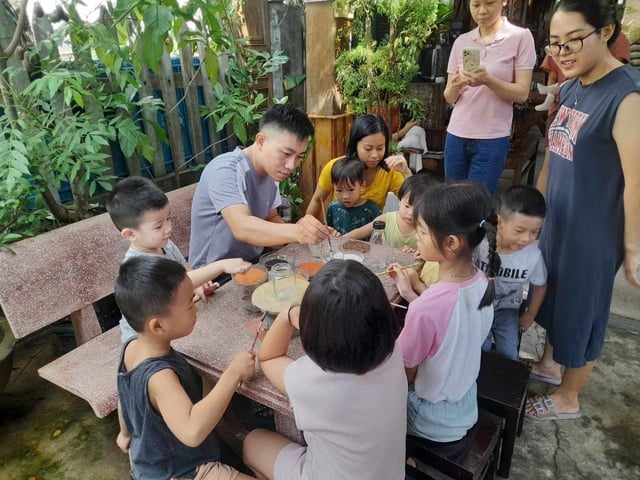
Mr. Dung guides children through the experience of making sand paintings.
PHOTO: SX
Now, after a decade in the profession, Mr. Dung has a stable number of customers. Paintings sell for between 500,000 VND and several million VND each depending on size and detail. Larger paintings with a height of 70 - 80 cm cost 7 - 10 million VND. In addition to creating, Phan Quang Dung also holds practical sessions to inspire children, the disabled, students and tourists. If he has a stable output, he plans to open a workshop in Hoi An for international visitors to experience. He is also researching replacing glass with lighter and more durable materials to facilitate the transportation of large works. (to be continued)
Source: https://thanhnien.vn/me-man-voi-tranh-cat-cua-dung-185251123233002728.htm








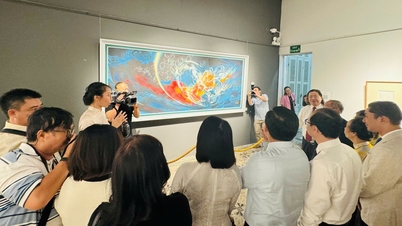
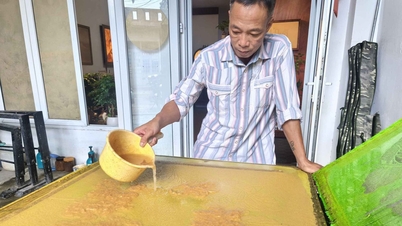




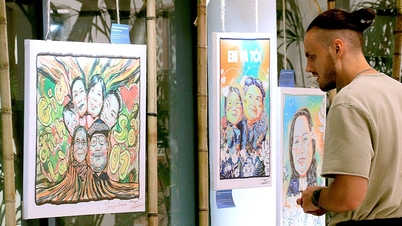



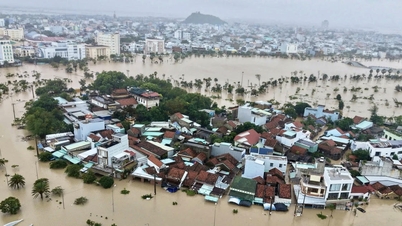


























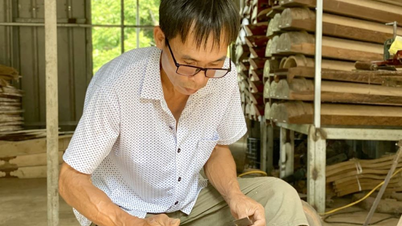







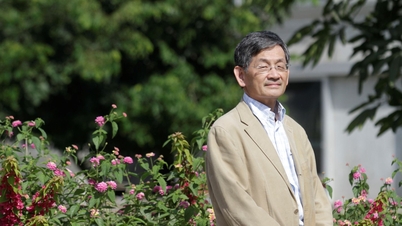


















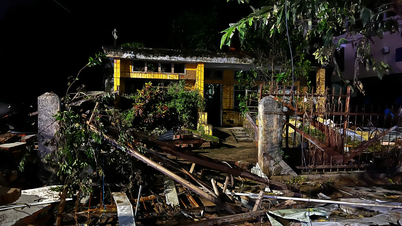






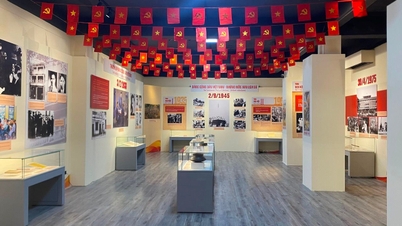

























Comment (0)